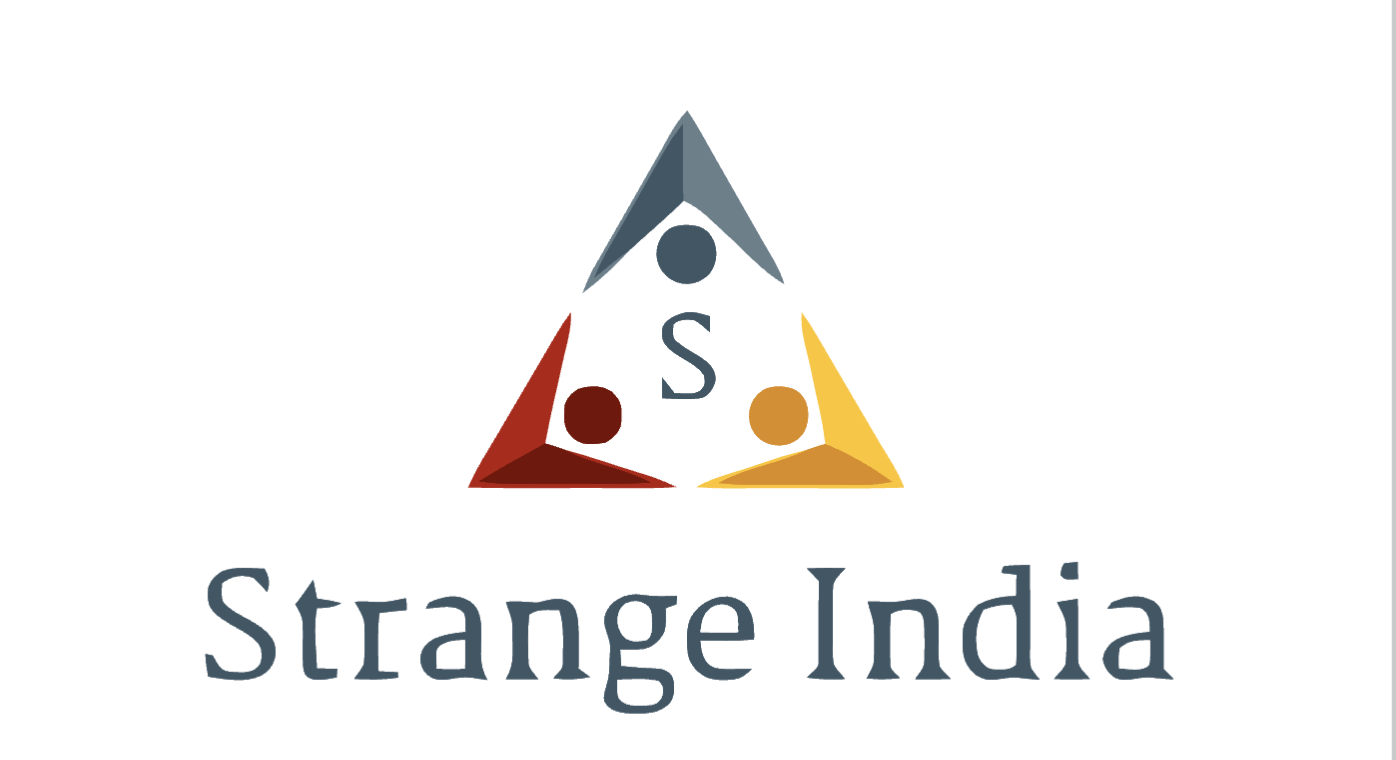Hello Nature readers, would you like to get this Briefing in your inbox free every day? Sign up here.

A scan (artificially coloured) of the brain of a person with Alzheimer’s disease.Credit: K H Fung/Science Photo Library
An experimental drug can slow progression of Alzheimer’s disease in people who start taking it when the disease is still in its early stages. The drug, a monoclonal antibody called donanemab, does not improve symptoms. But among those who started taking it at the earliest stages of Alzheimer’s, 47% had no disease progression on some measures after one year, compared with 29% who took a placebo. The drug does not provide as much benefit to people at later stages or those with a common genetic variation that raises the risk of the disease. But the results are “very encouraging” says neurologist Reisa Sperling. “It makes me feel we are on the right track.”
Nature | 5 min read
Reference: JAMA paper
Participating in genetic studies could itself have a genetic component. Large studies linking genomics with health, behaviour and other traits overwhelmingly represent people of European ancestry. And there are other types of ‘participation bias’ that can hamper efforts to identify genetic associations in the wider population. For example, participants in the UK Biobank — a repository of genome and health data from more than 500,000 people in the United Kingdom — tend to be more educated, have lower body mass indexes and be less likely to smoke than the average for the UK population.
Nature | 4 min read
References: Nature Genetics paper & Nature Human Behaviour paper
Many saber-tooth cats (Smilodon fatalis) and dire wolves (Aenocyon dirus) that lived at the end of the ice age had a severe developmental bone disease that might have contributed to their extinction. Researchers examined more than 1,800 knee and shoulder bones and discovered that 6% of Smilodon bones and about 5% of dire wolf bones showed signs of osteochondrosis dissecans. The condition causes holes in bones at the joints and can lead to inflammation. In modern animals, the disease mostly affects highly inbred dog breeds, which suggests that the ice-age predators might have had an inbreeding problem as their populations dwindled.
The New York Times | 4 min read
Reference: PLoS ONE paper
Features & opinion
Table of Contents
They have a semblance of real research, but closer scrutiny reveals that they are hollow shells: ‘zombie’ clinical trials, which contain fatally flawed or even entirely fake data. Researchers suggest that at least one-quarter, and perhaps up to one-third, of trials contain problematic data. What makes them particularly dangerous is that they can be laundered into respectability when they are included in systematic reviews, which assess evidence across many studies and are often the basis for clinical guidelines. How to prevent zombie trials from making it into the scientific literature is still up for debate. Some researchers are advocating for more scrutiny of raw data, which runs counter to current practice at most medical journals.
Nature | 16 min read
At Yosemite National Park, money is ploughed into managing people’s interactions with American black bears (Ursus americanus). And in India, the few remaining sloth bears (Melursus ursinus) are responsible for around 150 attacks on humans each year. In Eight Bears, environmental journalist Gloria Dickie discovers how the animals’ interactions with humans affect efforts to preserve their populations. Reviewer and science journalist Henry Nicholls describes the book as an engaging travelogue that weaves together biology, history, culture, economics and politics to reveal the importance of each ursine species to our own.
Nature | 6 min read
The introduction of commercial quantum computing is facing a productivity paradox, just like digital computers did in the 1970s: they will slow economic growth before they start to deliver benefits. Compared with the digital revolution, the quantum revolution “could be much more painful”, write economist Chander Velu and engineer Fathiro Putra. To smooth the path, they suggest that researchers and governments must demonstrate the value of quantum computers in addressing societal challenges, agree on a shared language similar to the Unified Modeling Language and build a quantum internet with secure encryption.
Nature | 10 min read
Today, I’m delighted to discover that rattlesnakes stay calmer in stressful situations when they have a friend than when they’re alone. It’s the first time this ‘social buffering’ has been observed in reptiles.
Why not recommend this newsletter to your friend using this form? You will be entered into a draw for a money-can’t-buy Nature tote bag as a thank you. If you have any trouble with the form, get in touch by e-mail and we’ll sort it out.
Thanks for reading,
Katrina Krämer, associate editor, Nature Briefing
With contributions by Gemma Conroy and Flora Graham
We’ve recently launched two new e-mails you might like. They’re free, and of course you can unsubscribe at any time.
• Nature Briefing: Cancer — a new weekly newsletter written with cancer researchers in mind. Sign up here to receive the next one.
• Nature Briefing: Translational Research covers biotechnology, drug discovery and pharma. Sign up here to get it free in your inbox each week.
